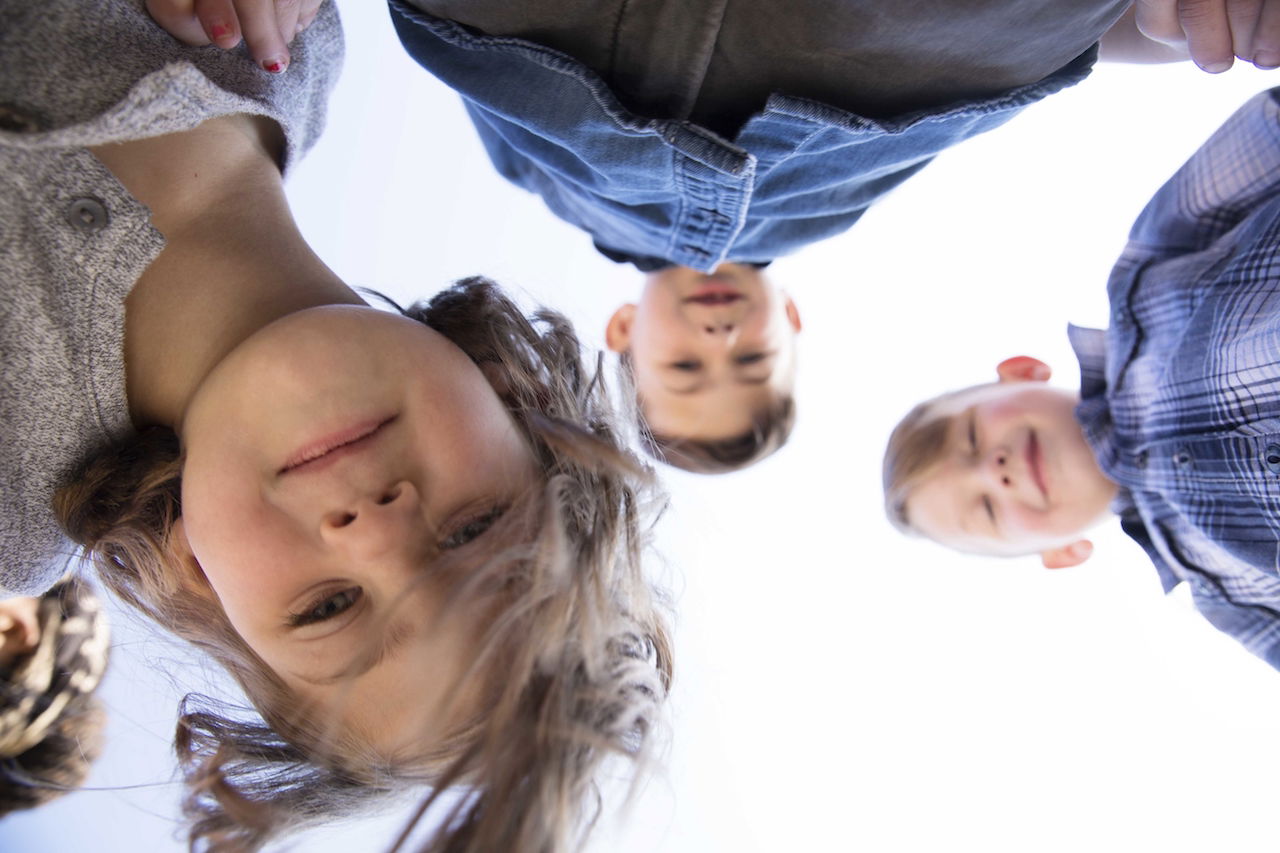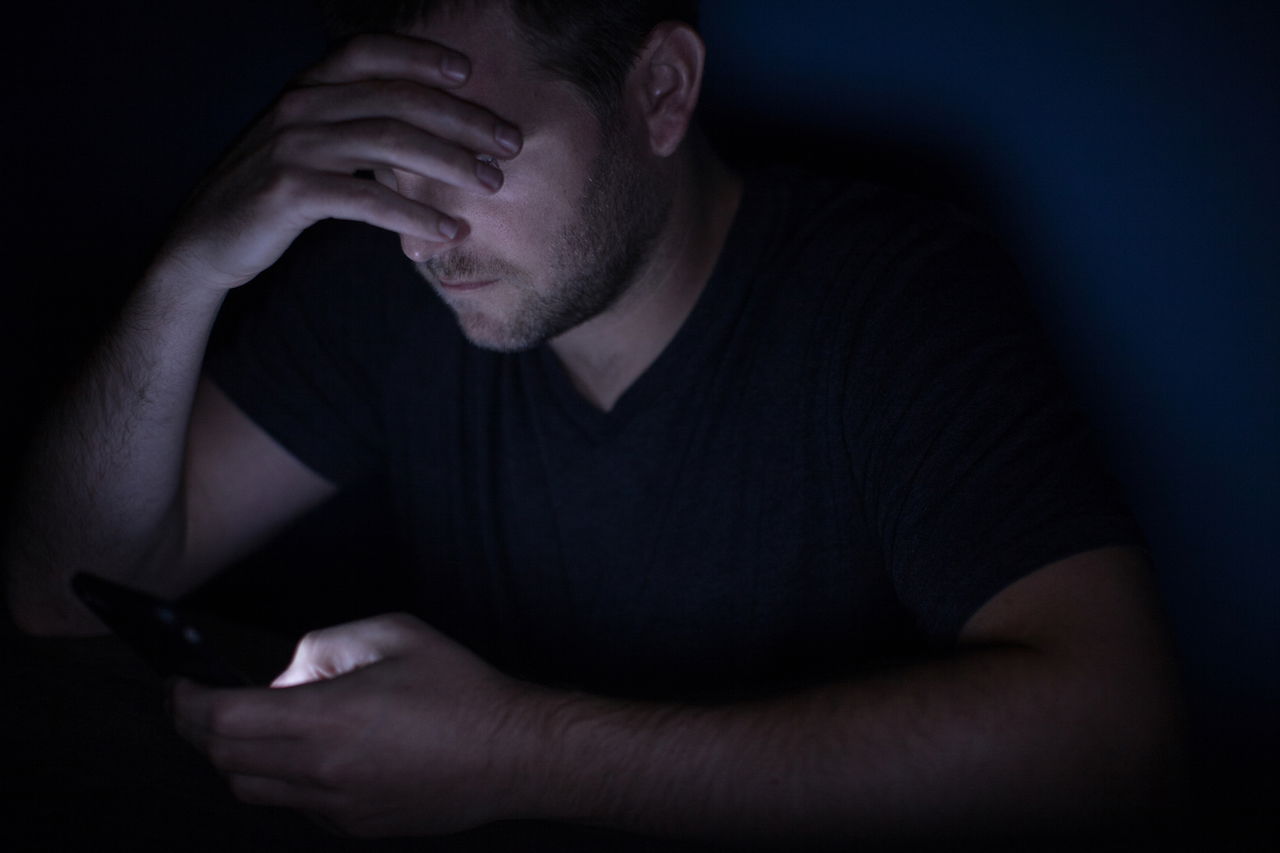Highlights
- Pornography is killing social interaction and the craving for personal connection that all humans have. Post This
- One study found that only 57% of children reached out to someone after exposure to pornography, leaving many youth to grapple with the experience alone. Post This
- Children’s brains are not equipped to process the adult experiences depicted in pornography. Post This
Most of us probably have people in our lives who struggle with an addiction of some kind, whether it be to smoking, using drugs, gambling, or other vices. An addiction develops when changes in the brain and body cause a person to “feel compelled to continue using a substance or partaking in an activity, even when doing so may cause harm.” These substances or behaviors activate motivation and reward regions in the brain, resulting in an altered dopamine system. The thing about addiction is that oftentimes, the younger a person is when they are first exposed, the higher their risk for developing a serious addiction that can dominate minds and bodies, numbing them to the environment around them. This reality creates a strong motivation for parents, grandparents, schools, and lawmakers to focus on protecting children by preventing or delaying exposure to harmful substances and behaviors until their brains are more fully formed and their risk for developing dependencies is lessened.
One addiction that is becoming more normalized is viewing pornography, defined as “sexually explicit videos, images, or writing with the intent to cause sexual arousal in its viewers.” Creating pornography is a huge billion-dollar industry. This is troubling because pornography is increasingly impacting children and youth in negative ways. With technology and the internet as a crucial and necessary part of life, pornography has never been more easily accessible to children: 93% of boys and 63% of girls report being exposed to internet pornography before the age of 18, with the average age of first exposure being 12 years old. Today’s children are growing up in a sexualized cultural environment. As adolescents mature, it is natural that they search for information that they do not know. This includes searching for information about dating and sexual relationships, which may often lead to pornography. Thus, it is important to understand the ramifications when exposure to pornography starts at a young age.
Consequences Among Youth
Pornography proves to be especially detrimental to children and adolescents. According to many researchers, early exposure to pornography is connected to negative developmental outcomes, including a greater acceptance of sexual harassment, sexual activity at an early age,acceptance of negative attitudes to women, unrealistic expectations, skewed attitudes of gender roles, greater levels of body dissatisfaction, rape myths (responsibility for sexual assault to a female victim), and sexual aggression. Children’s brains are not equipped to process the adult experiences depicted. Early exposure to pornography also increases the likelihood that depression and relationship problems develop.
Sexual risk taking is another common problem associated with being exposed to pornography at an early age. This includes more sexual partners and not using birth control. As Gustavo Mesch found in a 2009 study: adolescents who use pornography “appear less socially integrated and more socially marginal. They express less commitment to their families, fewer pro-social attitudes, and less attachment to school…” This could be the case simply because youth are so enveloped in what they are viewing and how they feel about it that they lose touch with their environment and the people around them.
Another key issue is that an individual’s first exposure [and general exposure] to pornography may lead to mental health problems, such as depression and anxiety, particularly among adolescents, and that the earlier a child was exposed, the more mental health problems they faced later in life. Researchers also concluded that the earlier one is exposed to pornography, the more likely they are to have problems in their future sexual and romantic relationships. This may be because pornography tends to be a solo activity, secluding one from people, thus affecting how one interacts with those around them. In a study published in the Child Abuse Review in 2009, Michael Flood also found that pornography exposure can lead to emotional disturbance that may affect the way they interact with others and view sexuality in general. According to Mesch, adolescents who view pornography “appear less socially integrated and more socially marginal. They express less commitment to their families, fewer pro-social attitudes, and less attachment to school.” In a study in the Journal of Pediatric Health Care, Gail Hornor reported that “Children less than 7 or 8 years of age have difficulty differentiating between what is happening on screen and what is happening in real life.” This can lead to problematic sexualized behaviors (or PBS). PBS has been linked to negative behaviors such as negative impulse problems, which can further affect the ability to interact with others. Not only that, but PBS can greatly affect the way one perceives their life, making it much more difficult for someone to perceive what is real and not real. Pornography is killing social interaction and the craving for personal connection that all humans have. It puts a false reality into the minds of those who view it and makes them perceive life in a darker and more selfish way.
Pornography use among youth also has been found to affect academic performance and mental health in adulthood. As one 2021 study found, this could be because
sexual stimuli trigger sexual arousal and subsequently also short-term needs of (sexual) gratification, thus discouraging engagement in activities with long-term goals, such as studying. These theories thus suggest that the arousal that comes from using pornographic internet content may impede academically oriented activities and may, consequently, impair academic performance.
Solutions
There are many ways that parents and policymakers can better protect youth from pornography use. First, media producers and distributors must be held accountable. Media has played an outsized role in shaping how young people view their sexuality, especially because it gives them access to sexual information. Because of this, it is extremely important for media producers and distributors to be responsible for limiting and blocking online sexual content for youth. Young computer users often receive un-solicited emails with sexual content, pop up messages that take them to websites with sexual content, and sometimes youth report that they were brought to another sex site after trying to exit the existing site. Even when content notices warn that “You must be 18 or older to continue,” children often lie about their age to gain access to pornographic sites. Thus, users could be required to provide verification of their adult status, whether it be something like a driver’s license number or a credit card number.
Parents and teachers play a key role in helping protect youth from early exposure to pornography. Placing filtering software on devices and having more parental supervision when minors are using screens of any kind can greatly help prevent pornography exposure. Parents can play either an active or restrictive mediating role in online pornography use for minors. Being engaged and active in children’s computer use may change minor’s perspectives on media content, particularly pornography. Parents can make efforts to limit and block online sexual content by utilizing filtering software. Importantly, parents can delay the use of smartphones by teens until age 16 and can monitor and restrict content accessed through phones. These precautions can also be set forth in school settings, ensuring that school computers have more strict filters, including filters on pop-ups, and that school staff are aware of what minors are accessing online. Restrictions can be placed on computers that children have access to, both in school and at home.
Educating children and youth about the harms of pornography is also key. Such education could teach children how to react when they see pornography and who they can turn to for guidance and counsel. One study found that only 57% of children reached out to someone after exposure to pornography, leaving many youth to grapple with the experience alone. Research supports the importance of parent communication and framing when it comes to understanding sex. Thus, parents and teachers should be supported in teaching youth about the negative effects of pornography and pointing them to accurate and appropriate resources that will help them.
Conclusion
It is essential that we do more to collectively protect our children from the negative effects of pornography on their lives. Pornography exposure, especially at young ages, not only harms children in the short term but can develop into an addiction that can interfere with long term healthy development. Parents and mentors need to step up and educate minors about these risks. Public policy can be a source of support to protect youth by ensuring that children have little-to-no access to sexually explicit material online.
Gabriela Coca is a Wheatley Scholar and specializes in providing research to policymakers working on issues relevant to families and children. Jocelyn Wikle is an Assistant Professor of family studies in the School of Family Life at Brigham Young University. Her research focuses on the causes and consequences of resource investments in children. She seeks to provide support for families navigating challenges in daily life.









